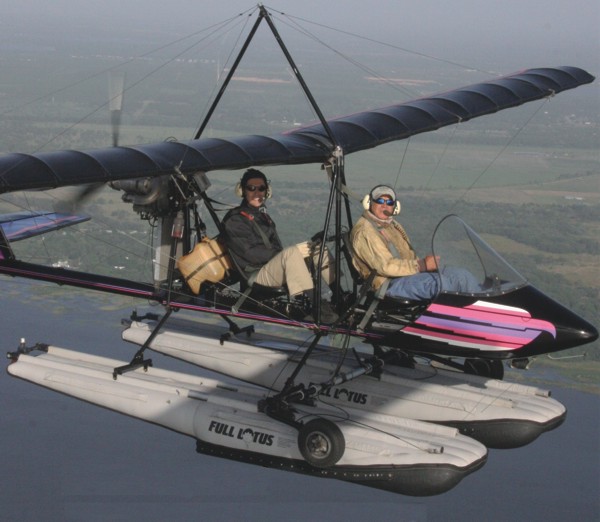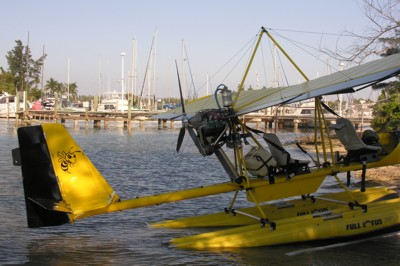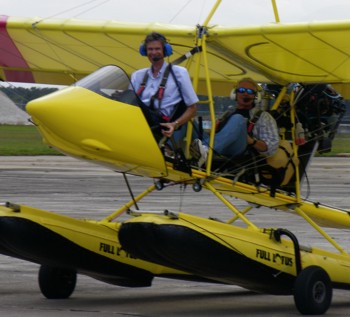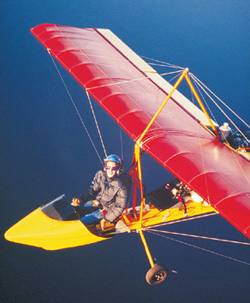
Things can change and yet stay the same. You can comprehend this paradox by considering the tandem 2-seat Drifter. Drifter production is under new management by someone many regard as a “rightful owner.” Yet the basic flying qualities of the Drifter design are basically unchanged. As 2007 started, Phil Lockwood again has all rights to the Drifter as part of a design, tooling, and inventory deal that rescued the Drifter and 2-seat twin-engine Air Cam from an uncertain future with investor Antonio Leza, who ran the operation for a few years. Lockwood is associated with the Drifter due to his many years of work with the design. He once worked for Maxair proprietor Denny Franklin who pioneered this enduring shape. In the rough and tumble days of early ultralights, Franklin lost control of Drifter ownership and for a time the design wandered. More correctly, the new owners failed to take the Drifter forward and instead merely exploited its popularity.


 Things can change and yet stay the same. You can comprehend this paradox by considering the tandem 2-seat Drifter. Drifter production is under new management by someone many regard as a "rightful owner." Yet the basic flying qualities of the Drifter design are basically unchanged.
As 2007 started, Phil Lockwood again has all rights to the Drifter as part of a design, tooling, and inventory deal that rescued the Drifter and 2-seat twin-engine Air Cam from an uncertain future with investor Antonio Leza, who ran the operation for a few years.
Lockwood is associated with the Drifter due to his many years of work with the design. He once worked for Maxair proprietor Denny Franklin who pioneered this enduring shape. In the rough and tumble days of early ultralights, Franklin lost control of Drifter ownership and for a time the design wandered. More correctly, the new owners failed to take the Drifter forward and instead merely exploited its popularity.
Fortunately the airplane persevered. The Drifter ended up in production by Leza, or Leza-Lockwood as the Sebring company was first known.
Things can change and yet stay the same. You can comprehend this paradox by considering the tandem 2-seat Drifter. Drifter production is under new management by someone many regard as a "rightful owner." Yet the basic flying qualities of the Drifter design are basically unchanged.
As 2007 started, Phil Lockwood again has all rights to the Drifter as part of a design, tooling, and inventory deal that rescued the Drifter and 2-seat twin-engine Air Cam from an uncertain future with investor Antonio Leza, who ran the operation for a few years.
Lockwood is associated with the Drifter due to his many years of work with the design. He once worked for Maxair proprietor Denny Franklin who pioneered this enduring shape. In the rough and tumble days of early ultralights, Franklin lost control of Drifter ownership and for a time the design wandered. More correctly, the new owners failed to take the Drifter forward and instead merely exploited its popularity.
Fortunately the airplane persevered. The Drifter ended up in production by Leza, or Leza-Lockwood as the Sebring company was first known.






